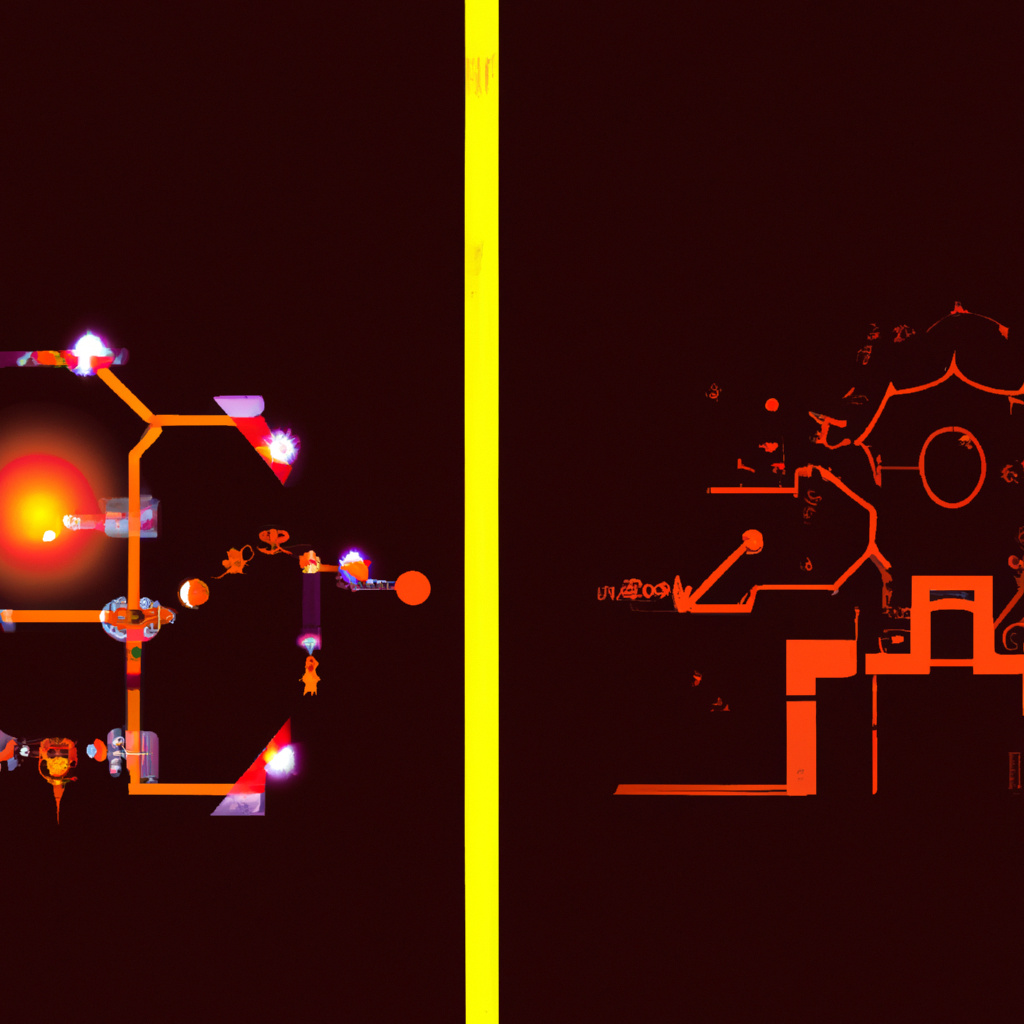Labs
Content Design
Content Design is a crucial field that creates engaging online material by considering users, information architecture and strategy.

Are you curious about the art of Content Design? Discover how this crucial practice helps businesses communicate effectively with their audience and create engaging, user-friendly digital experiences. Find out more in this informative article!
Where did Content Design come from?
Content Design has emerged as a crucial discipline in the field of user experience and digital content development. It involves creating engaging, user-centered, and accessible content for various digital platforms. Content Design aims to deliver information effectively by combining clear writing with intuitive visual elements. It has gained prominence due to the growing importance of user-centric design principles, ensuring that the content is not only informative but also enjoyable to consume. Influenced by various fields such as journalism, marketing, and UX writing, Content Design continues to evolve as technology advances.
What are the key concepts?
Some of the key concepts involved in Content Design include:
- Content design is a strategic approach that focuses on creating meaningful, valuable, and user-friendly content.
- It involves understanding the needs and goals of the users, as well as aligning content with business objectives.
- Effective content design ensures that information is clear, concise, and easy to navigate, enhancing the user experience.
- It involves collaboratively working with stakeholders to plan, create, review, and iterate content throughout its lifecycle.
- Content design enables organizations to deliver engaging and accessible content that drives conversions and customer satisfaction.
What's the process?
In content design, there are several typical activities involved in the process of creating effective and engaging content. The first step is to conduct thorough research to understand the target audience's needs, preferences, and pain points. Once that is done, content designers work on creating a clear content strategy and structure to guide their writing. They then focus on crafting compelling headlines and introductions that grab attention and clearly communicate the main ideas. Next comes the writing itself – precise, concise, and easy-to-understand content that provides value to readers. Finally, content designers collaborate with other stakeholders for feedback and revisions before publishing the final piece.
What outcomes can you expect?
Some of the outcomes you can expect from working with Content Design are:
- Understand the principles and best practices of content design for innovation and transformation projects.
- Gain insights into how to create content that engages and communicates effectively with different stakeholders.
- Learn strategies for organizing, structuring, and presenting content to maximize its impact.
- Develop skills in user-centered design to ensure your content meets the needs of your target audience.
- Increase your ability to collaborate with cross-functional teams by effectively communicating through well-designed content.
Are there any debates or criticisms to be aware of?
- One debate in content design is whether it should prioritize user experience over business goals.
- Drawbacks of content design include the potential for excessive focus on aesthetics rather than substance.
- Controversies arise around the use of personal data in content design and the ethical implications it poses.
- There is ongoing debate regarding the level of standardization versus customization needed in content design processes.
- Content accessibility can be a point of contention as balancing inclusivity with visually appealing designs can sometimes be challenging.
Conclusion
Content design is an essential aspect of effective communication in innovation and transformation projects. It involves creating engaging and accessible content that aligns with the needs and goals of both users and the business. By utilizing principles from various disciplines, content designers can deliver meaningful and valuable digital experiences. However, there are ongoing debates regarding its role in user experience, resource requirements, SEO prioritization, control over written content, and implementation challenges. Organizations should fully understand the principles of content design to ensure effective communication and collaboration between designers and stakeholders.
TLDR;
- Use of content design helps ensure that information is clear, concise, and relevant.
- Benefits include improved user experience, increased engagement, and better communication of key messages.
- Issues related to content design include potential challenges in ensuring consistency across different platforms and languages.
- It is essential to consider accessibility and inclusivity when designing content for diverse audiences.
- Effective content design requires collaboration between designers, writers, and stakeholders.
